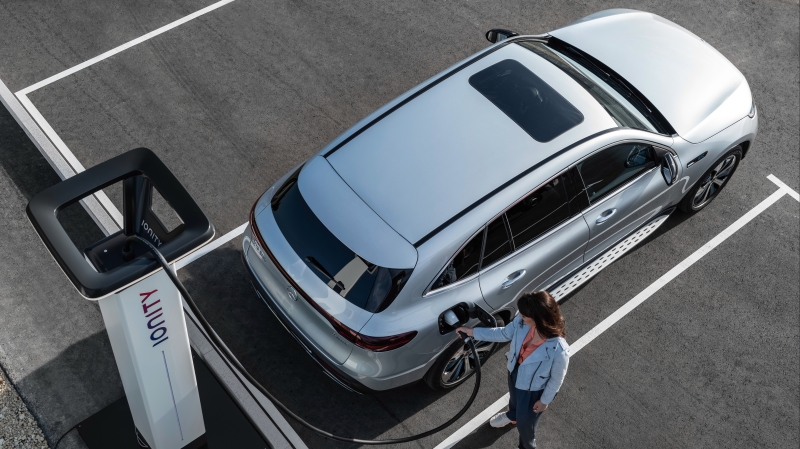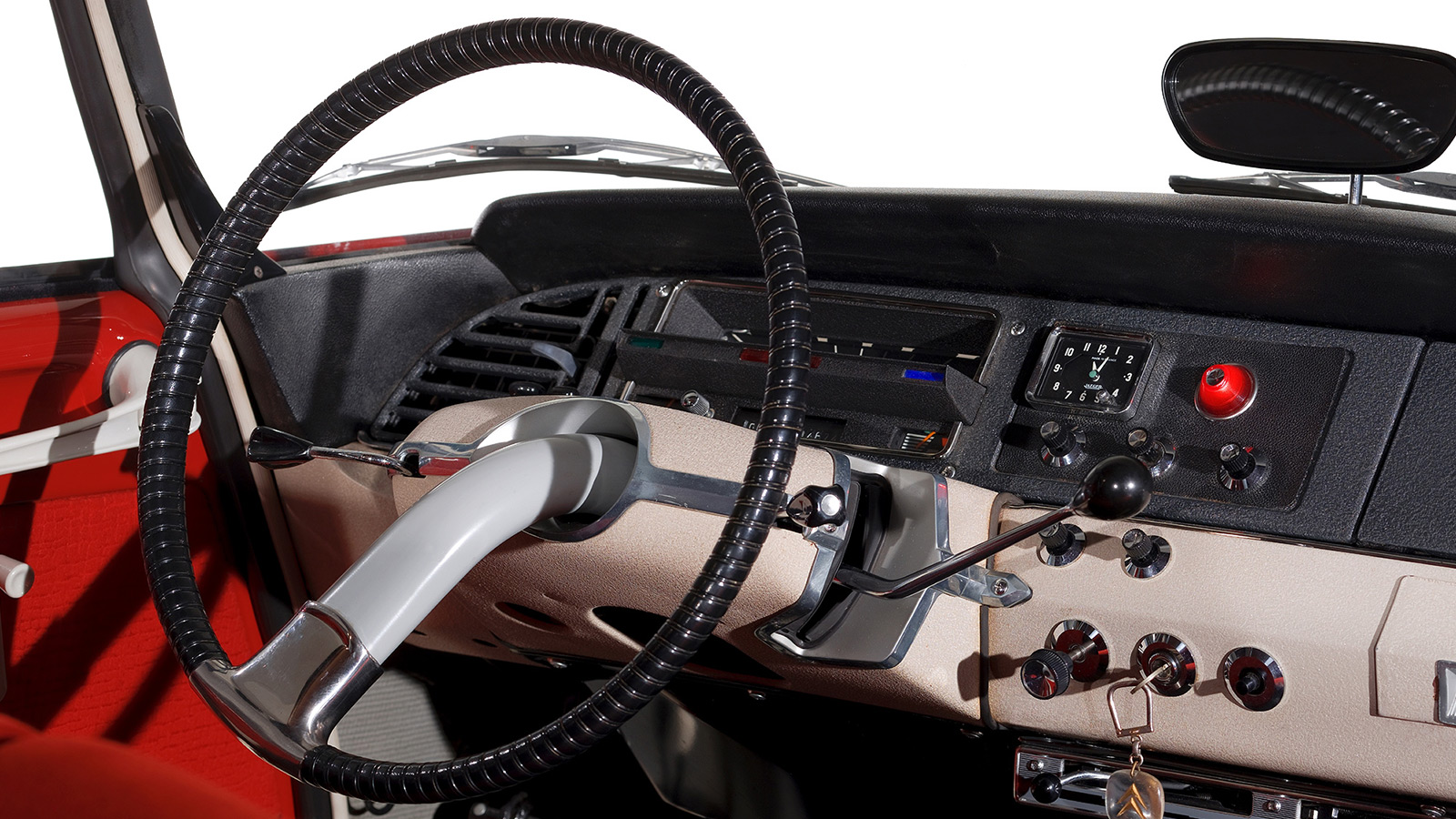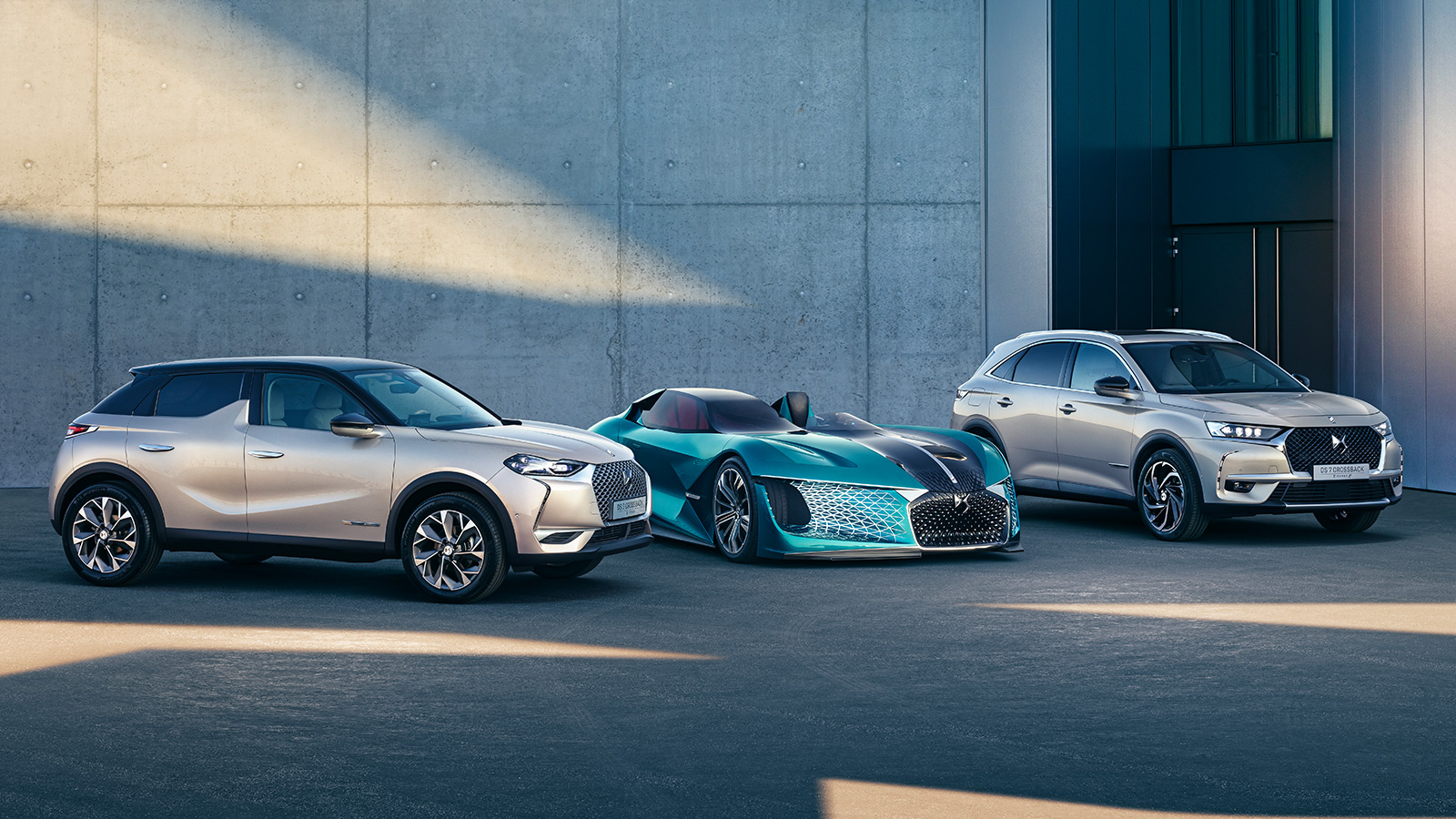Have you ever gained an affinity and an unexplained appreciation for something you will never spend money for? Like vintage wine tasting or sampling lines of fine-cut Colombian cocaine. Well, that pretty much sums up my relationship with Citroën and its sub-brand DS Automobiles. An ongoing fascination for esoteric aesthetics with financially ruinous consequences. How wonderful.

I am sure that I am not alone in this. Many admire Citroën for its uniqueness but won’t commit themselves to own one. After all, buying a car from a country that coined phrases like c’est la vie and laissez-faire, doesn’t exactly inspire confidence.
However, it isn’t just customers who are having a crisis of confidence with Citroën and DS Automobiles. Both brands aren’t present in the lucrative North American market nor making headway in significant markets like China.

That doesn’t make for great reading for its parent company Groupe PSA, which will finalise its merger with Fiat Chrysler Automobiles this week. The merged entity, called Stellantis will be custodian to 14 brands with a combined sales figure that will make it the fourth-largest automaker in the world.
Stellantis’ big brand problem

Curiously, most of Stellantis brands are successful in either North America or Europe, but never both. Neither are any of the brands popular in the growing East Asian region, except for ultra-luxury names like Ferrari. More pressingly, the conglomerate will be inheriting insignificant brands that are as good as dead.
Like the Kennedys, not every one of its progenies will grow up to be as beloved and celebrated as Ferrari. For the betterment of the whole, some might would have to be put away. It comes as no surprise that there are rumours that Stellantis might do away with the Chrysler and Lancia brand.

There are good reasons for Stellantis to retire underperforming brands. Building up and maintaining a brand is a resource-intensive endeavour. Considering its less than stellar results with rejuvenating Alfa Romeo and Maserati, FCA is no stranger to those challenges.
In addition to that, auto markets around the world are quickly approaching saturation point. Plus, there is a growing animosity towards traditional car ownership. Especially those that are not playing to the electric zeitgeist of the era.

Both Chrysler and Lancia are lacking in product, purpose, and popularity. And there are brands within Stellantis that have already filled the niches these brands once occupied. Although, these brands aren’t the only ones that Stellantis has to look into. One brand that is unlikely to escape scrutinising gazes is the company’s youngest, DS Automobiles.
What is the DS Automobiles brand?

Created in 2014, DS Automobiles is to Citroën what Audi is to Volkswagen – a “premium sub-brand” that utilises its parent company’s platforms. A chance for Citroën to peddle more models off in a fancier frock, albeit backed by less heritage and characterised by heavy doses of esoteric styling instead of sophisticated engineering.
With a range featuring one compact and small SUV, DS Automobiles has yet to make a sizeable splash in its European home market. Although its sophisticated Gallic avantgarde styling, the brand does have the potential for carving a niche, especially among those who want to eschew from the conformity of Germanic design preferences.

But stylistic uniqueness is not nearly enough to establish DS Automobiles as a serious player. This is especially true in China where DS sales have cratered from a high of 26,008 in 2014 to just 1254 in 2019. 2020 already looks to be an even worse year with monthly figures failing to enter the triple digits.
Sadly, DS Automobiles’ future products don’t look too encouraging at the moment. The brand’s only confirmed debutant so far is the DS9 large sedan. Though based on an extended version of Peugeot’s EMP2 platform – the same platform used for the Peugeot 508 – the DS9 is unlikely to change the brand’s fortunes anytime soon considering the tepid market sentiments towards its segment.

With an uncertain future ahead, is there any hope for DS Automobiles in the Stellantis era? Certainly not if it were to stay the course. Leveraging on being “the stylish” alternative isn’t a viable long-term strategy. Instead, the brand would have to leave its roots of being a fashionable sub-brand and steer itself in the direction of its namesake, the 1955 Citroën DS.
DS Automobiles’ great progenitor

Though praised for its “space-age” beauty and regarded by many non-automotive designers as the most beautiful car of all time, the original DS was more than just a rolling sculpture. It also happened to be a technological tour de force.
Though many will remember the DS for its quirky controls and self-levelling hydro-pneumatic suspension system, the engineering beneath was ahead of its time. The DS’ transmission featured a hydraulically operated clutch and gearshift, making it a semi-automatic is operation. It was one of the first to feature inboard front disc brakes and directional headlights that turned with the steering. Even its shapely body that used aluminium and fibreglass panels, cut a sleek aerodynamic profile of just 0.355Cd.

People of the current year might look at the Citroën DS as a mere curiosity. A quirky little French car that your oddly single but dapper-looking ‘confirmed bachelor’ of an uncle would drive. But back in the day, the DS was a sensation right out of the box with Citroën recording 80,000 sales in 10 days at its Paris Motor Show debut. And unlike many flash-in-the-pan designs, Citroën sold close to a million and a half examples over the next 20 years.
Buoyed by its success, Citroën carried over the DS’ engineering and quirkiness as a cornerstone for its future products. The hydro-pneumatic suspension system became an integral part of Citroën’s mid-range and flagship models, as was the DS’ odd and unique interior design choices.

However, Citroën never sought to resurrect the name despite carrying on the DS’ iconic traits. That is until BMW rolled out the new 21st-century MINI.
DS for the new era

Chic and charming, the BMW-built MINI hatch exploded in popularity, becoming a car of a new generation. It signalled a new era of fashionable cars. A customisable canvas with a broad options sheet for the younger demographic to tweak and “express their personality”. Even Fiat got in on the action, revived its iconic 500 city car, and has been banking on its success ever since.
Encouraged by this prospect, Citroën revived the DS name as a designation for a stylised upmarket model range in 2010. Its first model, the C3-based DS3 became the antithesis to the MINI and Fiat 500’s retro-aesthetics. It was thoroughly modern in its appearance and came with a rainbow palette of colour-coordinated bits for customers to pick.

More than a C3 with a fancier frock, Citroën sharpened the DS3’s driving dynamics to go toe-to-toe with the MINI. And it worked. Thanks to its MINI-inspired qualities, the DS3 did strike a chord with customers, turning it into a roaring success. Unfortunately, the same could not be said about its follow-up acts.
Where Citroën went wrong with the DS name

The following year saw the debut of the larger DS4 and DS5. While many would categorise both as SUVs, its design peculiarities amazed and confused customers in equal measure. Of the two models, the DS4 closely fitted the usual definition of an SUV. Although the rest of the package did not live up to the practical expectations of its SUV billing.
With a sloping rear roofline and cramped legroom, the DS4’s rear quarters would easily trigger any occupant’s claustrophobia. A sensation that was not at all helped by its fixed rear windows and stiff rear torsion beam suspension.

Compared to the DS4, the DS5 comes across as a far more convincing effort. Even though it shares an extended version of the same ageing platform that underpins the DS4. It was airy, expansive, and best of all, you can wind down the rear windows to catch a breeze. Its interior was the most impressive of the lot. Not only was it well-appointed and tastefully well-executed, but it also bore no resemblance to the Citroën’s mainstream models.
Even so, that wasn’t nearly enough to win over customers. For reasons unknown, the boffins at Citroën didn’t put as much effort into refining the DS5’s handling as they did with the DS3. This resulted in a supposedly family-friendly crossover that didn’t handle or ride properly.

The DS5’s fortunes were further impeded by the fact that many couldn’t properly categorise where it belongs. Sure, it was more of an executive estate in its execution. However, it had an elevated SUV-like ride height and its roofline was low and rakish. The closest explanation was that it was a giant elongated hatchback, which didn’t do the dealers any favours.
Lost in its own design

With no definitive segment and competitor, nobody knew who the DS5 was meant for, or what it had to offer. Like the short-lived BMW 3 Gran Turismo, the DS5 found itself on a lonesome road to nowhere.
Nevertheless, with the DS3 touted as ‘the best-selling car of its class’ in Europe in 2013, the higher-ups at PSA thought it was reason enough to promote the DS-designation into a stand-alone sub-brand. This, amidst the fact that all three models were declining in sales, made DS Automobiles’ formation seem a little premature.

DS tried to stoke the market with exciting new concepts that were more flights of fancy than statements of ambition. Unsurprisingly, these efforts bore little fruit, and when the company unveiled confrontational looking but conventional SUVs, the market was not frothing for more.
Secrets of the Citroën DS’ success

So, what did Citroën get right with the original DS? Contrary to its reputation as a thing of beauty, part of the DS’ appeal was its engineering. Sadly, like many automakers in the modern era, with its DS model range, Citroën took the route of less resistance by reskinning existing models and hoping that it could pass it off as a different, more premium model. But there is only so much lipstick you can put on a pig. Like fashion, its reputation was inexorably pinned to the fast-moving ebb and flow of consumer tastes.
Ironically, Peugeot is fast becoming DS Automobiles’ own worst enemy with its recent pivot towards a more sophisticated target audience. With a renewed focus on design and a Le Mans effort in the works, it looks as though Peugeot has ambitions of its own to elevate itself into a more upmarket position. A position that Citroën intended its young sub-brand to occupy.

The addition of FCA – with its storied and premium-positioned Alfa Romeo – raises further issues with DS Automobiles’ positioning. Though highly profitable, it would be unwise to maintain more than one premium player in this competitive space.
The right future for DS Automobiles

That isn’t to say that DS Automobiles is a complete basket case. With electric cars surging in popularity and importance, Stellantis has an opportunity to turn DS Automobiles into a French Tesla. It could be Stellantis’ flagship electric car brand, as FCA has no such equivalent. Such a move isn’t too far-fetched with the DS name already present in the Formula E all-electric racing series. On the other hand, doing so is easier said than done, with the only question mark lies in the parent company.

At the moment, both PSA and FCA is lagging in the electric car space without a solid long-term strategy. What the company does have is a huge manufacturing capability surplus with not nearly enough customers to absorb it. As such, for the immediate future, Stellantis would have the devil’s job of trying to manage its size.
Culling its youngest brand along with Chrysler and Lancia would be tragic. The Citroën name itself carries plenty of potential and goodwill. PSA’s recent efforts to turn Citroën into a brand for quirky and nearly experimental offerings for budget-conscious folk like the Ami opens a huge new avenue for DS Automobiles to bring the DS name back into the pre-eminence of its 1950s heyday. Hopefully, Stellantis see it that way.

